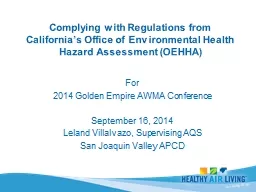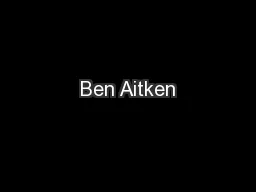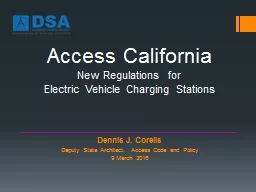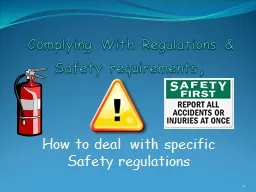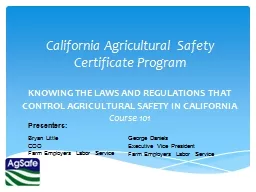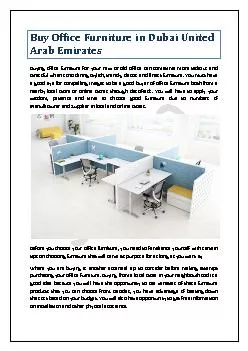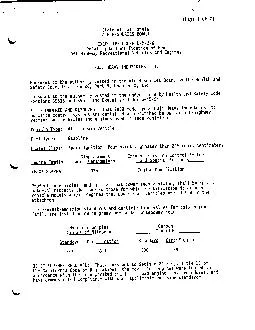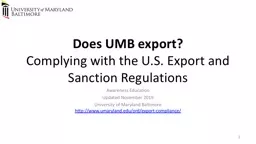PPT-Complying with Regulations from California’s Office of En
Author : karlyn-bohler | Published Date : 2016-03-06
For 2014 Golden Empire AWMA Conference September 16 2014 Leland Villalvazo Supervising AQS San Joaquin Valley APCD Background 2008 OEHHA started work on revisions
Presentation Embed Code
Download Presentation
Download Presentation The PPT/PDF document "Complying with Regulations from Californ..." is the property of its rightful owner. Permission is granted to download and print the materials on this website for personal, non-commercial use only, and to display it on your personal computer provided you do not modify the materials and that you retain all copyright notices contained in the materials. By downloading content from our website, you accept the terms of this agreement.
Complying with Regulations from California’s Office of En: Transcript
Download Rules Of Document
"Complying with Regulations from California’s Office of En"The content belongs to its owner. You may download and print it for personal use, without modification, and keep all copyright notices. By downloading, you agree to these terms.
Related Documents

